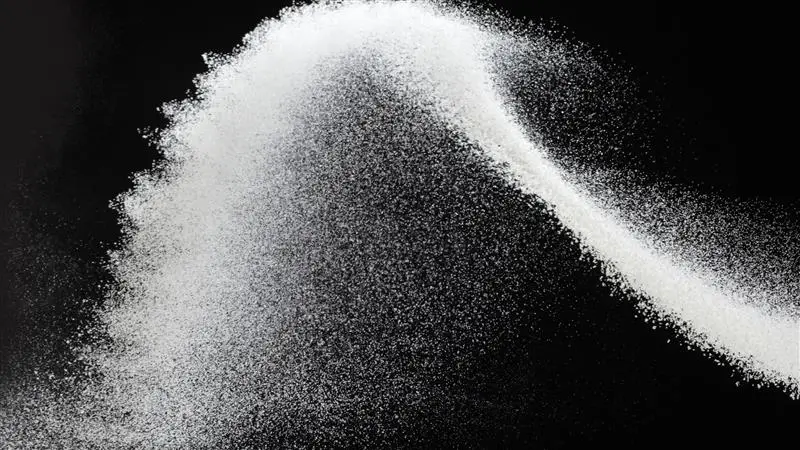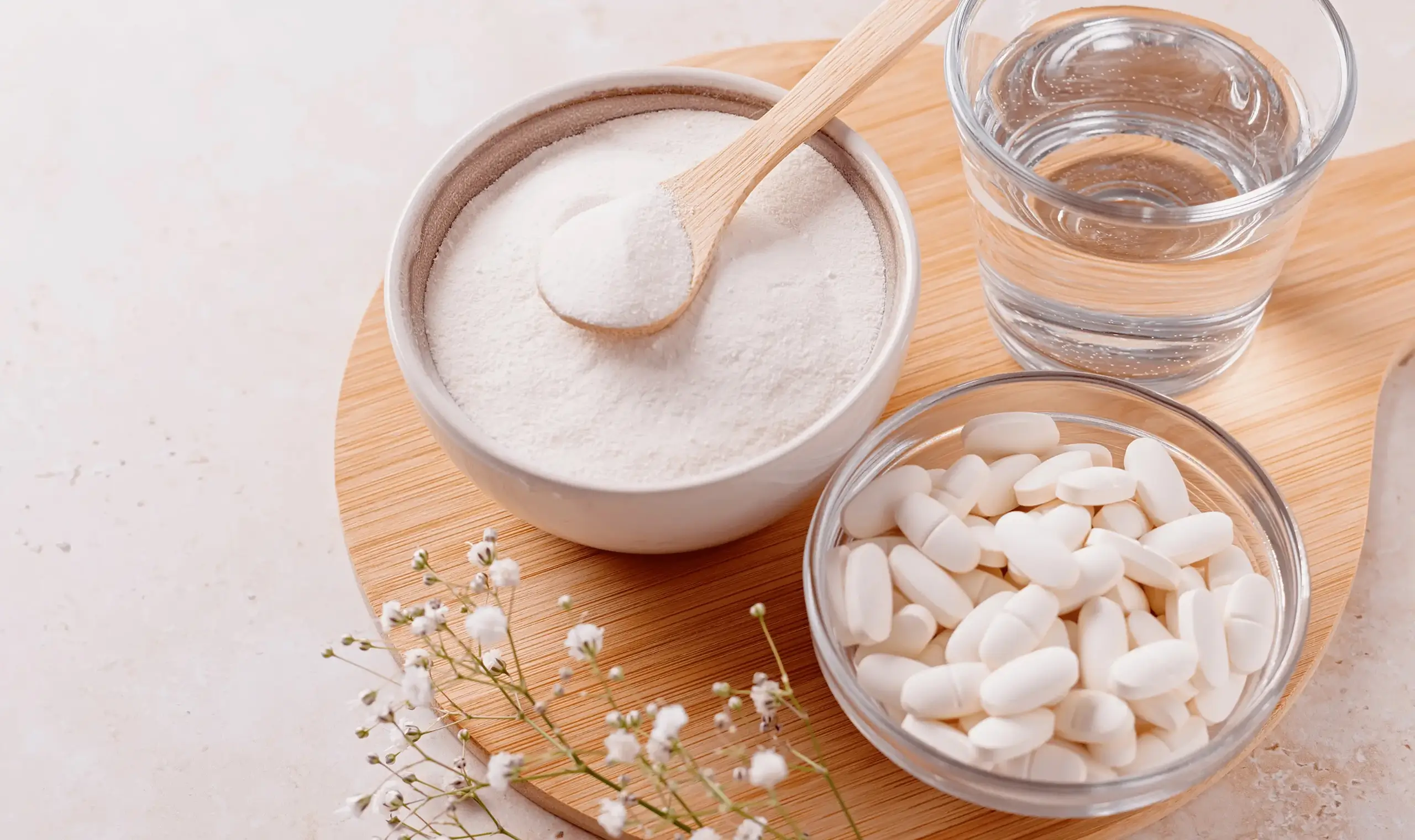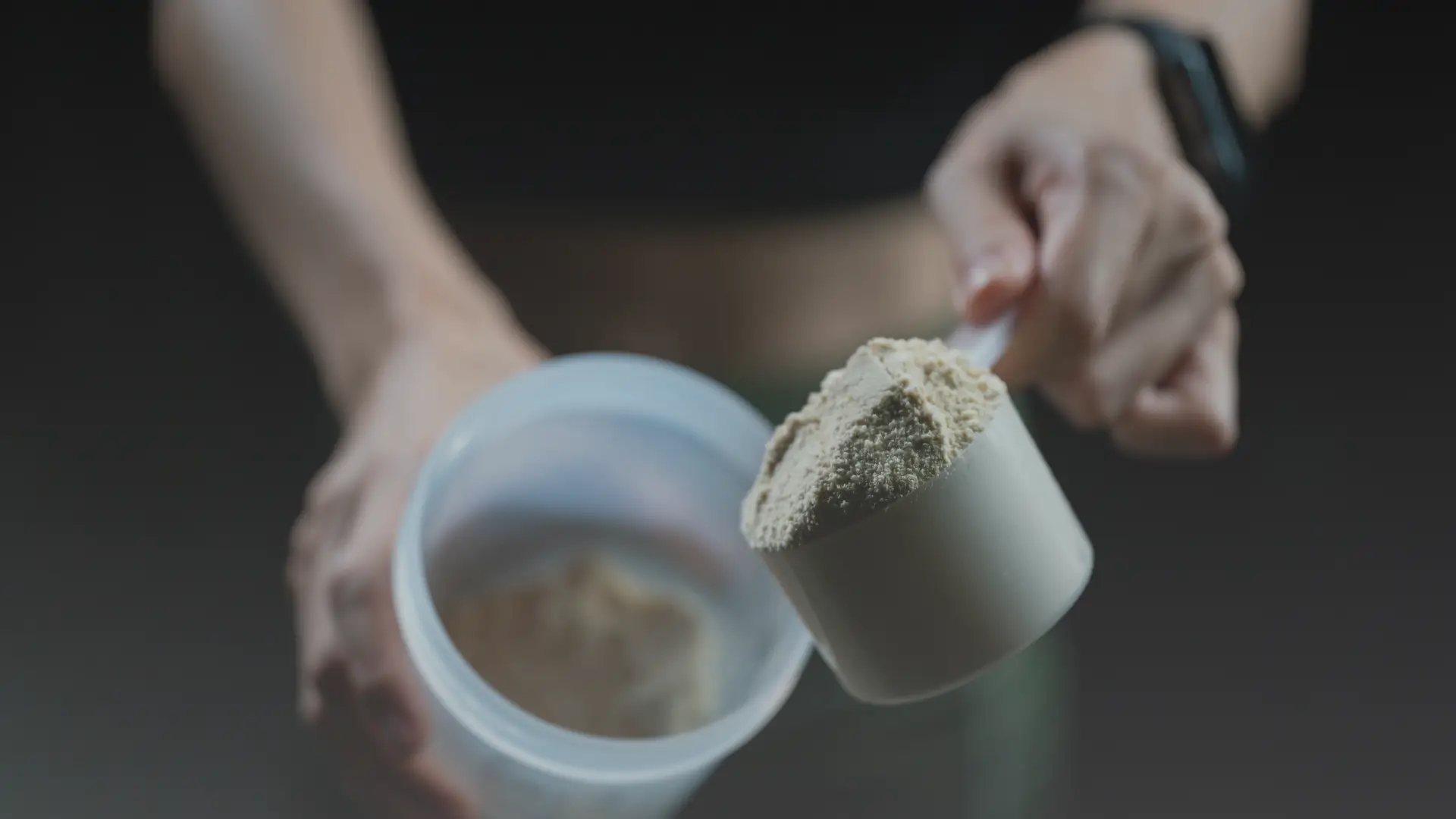L-Citrulline has firmly established itself as the king of nitric oxide (NO) precursors in the sports nutrition industry. As we’ve explored in our guide to “pump” ingredients, it’s a far more efficient pathway to boosting NO than L-Arginine. For a formulator, however, the choice isn’t just “to use citrulline,” but “which citrulline to use.”
The market is dominated by two primary forms: pure L-Citrulline and L-Citrulline Malate. The debate of citrulline vs. citrulline malate is a technical one, with implications for dosing, cost, and a product’s ultimate performance claims. This analysis provides a clear breakdown for product developers.
The core difference: purity vs. a bonded salt
- L-Citrulline: This is the 100% pure, free-form amino acid. A 6-gram dose delivers 6 grams of L-Citrulline.
- L-Citrulline Malate 2:1: This is an ionic salt composed of L-Citrulline bonded to malic acid, typically in a 2:1 ratio. This means a 6-gram dose of Citrulline Malate 2:1 delivers approximately 4 grams of L-Citrulline and 2 grams of malic acid.
This distinction is the fundamental starting point for any formulation decision.
Does the ‘malate’ part matter for performance?
The primary rationale for using Citrulline Malate is the potential synergistic benefit of malic acid. Malic acid is an intermediate in the Krebs cycle (or citric acid cycle), the body’s primary energy production pathway.
The theory is that providing extra malate can support aerobic energy production and help clear lactate, potentially delaying fatigue. While this is biochemically plausible, the scientific evidence for a direct ergogenic benefit from the malate portion alone is less robust than the evidence for L-Citrulline’s NO-boosting effects. As such, some purists prefer using the free-form L-Citrulline to maximize the dose of the primary active.
Head-to-head analysis: citrulline vs. citrulline malate
Here’s how the two forms compare on key technical and commercial parameters.
| Feature | L-Citrulline (Free-Form) | L-Citrulline Malate 2:1 |
|---|---|---|
| Purity | 100% L-Citrulline | ~66.7% L-Citrulline |
| Primary Benefit | Maximizes dose of the NO precursor | Potential synergistic energy benefit from malate |
| Sensory Profile | Mildly tart | Distinctly sour/acidic due to malic acid |
| Cost-in-Use | Higher cost per gram of L-Citrulline | Often more cost-effective for achieving a target L-Citrulline dose |
The strategic choice for your formulation
The choice in the citrulline vs. citrulline malate debate depends on your product’s positioning and goals.
Choose L-Citrulline (Free-Form) for:
- Maximum Potency Formulas: When the goal is to deliver the highest possible, evidence-based dose of L-Citrulline for NO production.
- “Pure” or Minimalist Products: For brands that value clean, simple ingredient lists.
- Formulas with Delicate Flavors: Where the intense sourness of malic acid would be difficult to mask.
Choose L-Citrulline Malate 2:1 for:
- All-in-One Pre-Workouts: Where the combination of NO support and potential energy cycle support is a compelling marketing story.
- Cost-Optimized Formulations: It is often the most economical way to deliver an effective dose of L-Citrulline.
- Fruit-Flavored or Sour Products: Its natural tartness can be an advantage, complementing fruit or “sour candy” flavor systems.
At Nutri Partners, we supply high-quality Citrulline Malate 2:1 because we recognize it as the industry standard that offers a powerful combination of efficacy, synergistic potential, and value. Understanding the technical nuances between citrulline vs. citrulline malate allows our partners to make the best strategic decision for their brand.





